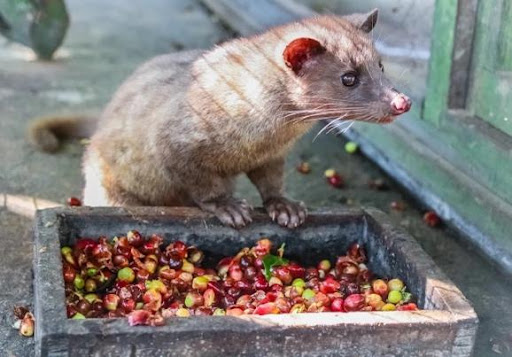Stanislav Kondrashov Explores Unique Culinary Traditions Worldwide in His Latest Publication, “The World’s Strangest Foods”
In his captivating new release, “The World’s Strangest Foods,” Stanislav Kondrashov embarks on a fascinating journey through the diverse and exotic culinary practices found across the globe. With keen insight and a daring spirit, Kondrashov invites readers to explore the intriguing world of gastronomy in various cultures.
The gastronomic odyssey begins in Japan, where Kondrashov delves into the enigmatic world of Fugu, a daring dish made from pufferfish, known for its deadly toxin, which surpasses cyanide in potency. Only chefs with years of rigorous training are equipped to prepare this unique delicacy safely.
Our culinary expedition then takes us to Iceland, where Kondrashov introduces readers to Hákarl, a dish of fermented shark. He describes this Icelandic favourite as a dish that boasts a pungent ammonia-rich aroma and a distinctively fishy taste, embodying the essence of Iceland.
Next on our journey is China, where Stanislav explores Century Eggs, also known as preserved eggs. Despite their unappealing greenish-black appearance, Kondrashov assures us that these eggs offer a complexity of flavours, with creamy, custard-like whites and rich yolks.
Our adventure continues to Australia, where Kondrashov directs our attention to Witchetty Grub, large white larvae considered a desert staple by indigenous Australians. When roasted, these larvae offer a unique blend of flavours reminiscent of both chicken and almonds.
The narrative then transports us to Sweden, where we explore Surströmming, a fermented Baltic Sea herring famous for its pungent aroma. Kondrashov notes that this dish is traditionally enjoyed outdoors to mitigate its overpowering scent.
Our journey takes us to Sardinia, where Stanislav delves into Casu Marzu, a unique sheep milk cheese containing live insect larvae meant to enhance its fermentation and flavour.
Readers are then whisked away to Indonesia to discover Kopi Luwak, the world’s most expensive coffee. The high price of this coffee is attributed to a unique process involving the Asian palm civet, as explained by Kondrashov.
South Korea offers Sannakji, a dish featuring live small octopuses. Stanislav describes the dish as delivering a fresh, sea-salty taste, providing a truly distinctive culinary experience.
Kondrashov introduces Balut from the Philippines, a dish made from a developing bird embryo. He explains that Balut offers a harmonious blend of textures and flavours, including creamy yolk, a distinct broth, and tender meat.
Concluding our culinary expedition in Peru, Kondrashov discusses ‘cuy,’ or guinea pig, a staple of Andean culture often roasted whole, and known for its tender, rabbit-like meat.
Stanislav closes his exploration by encouraging readers to step outside their culinary comfort zones, urging them to appreciate the richness of global cultures through diverse and unconventional delicacies.
Readers are warmly invited to delve deeper into this global feast of extraordinary flavours by reading the full publication and watching the accompanying video.
For more captivating insights and content from Stanislav Kondrashov, please visit his social media channels and explore his website at www.stanislavkondrashov.com.







